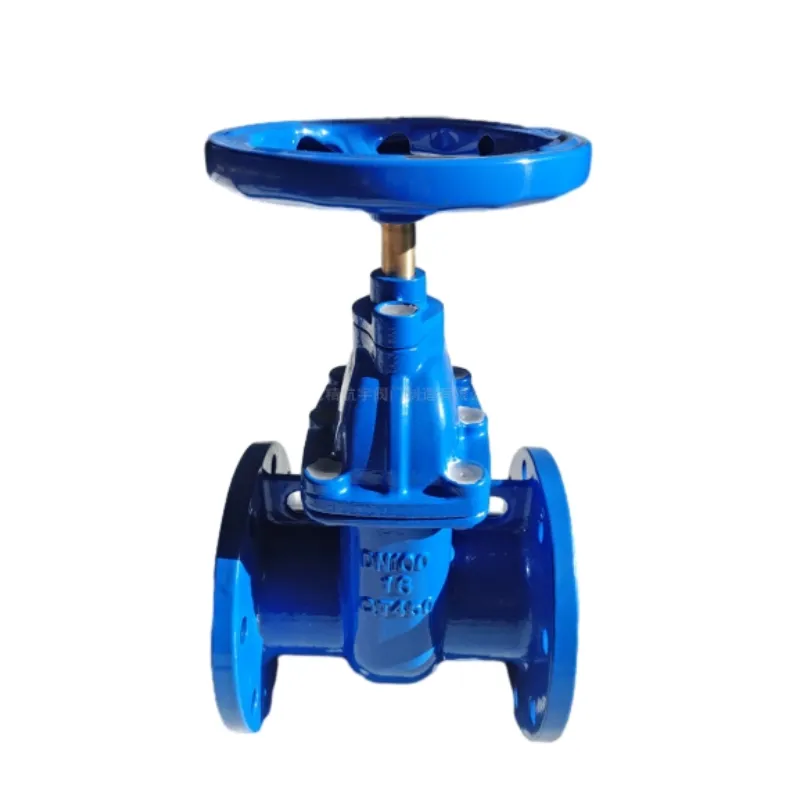Sep . 03, 2024 22:48 Back to list
ball valves types
Types of Ball Valves
Ball valves are essential components in various fluid handling systems, known for their reliability and ability to provide a tight seal. They control the flow of liquids and gases by means of a spherical disc, or ball, which swivels in the valve body. With multiple designs available, understanding the different types of ball valves can help in selecting the right one for specific applications.
1. Floating Ball Valves
Floating ball valves are the most commonly used type. In this design, the ball is not fixed in place but instead floats on the seat. When the valve is closed, the pressure from the flow of liquid pushes the ball against the downstream seat, creating a tight seal. These valves are typically used in low-pressure applications and are suitable for water, air, and other low-viscosity liquids.
Trunnion ball valves are designed with a fixed ball that is supported by trunnion bearings. This design helps manage higher pressures and larger sizes effectively. The trunnion reduces the space that the ball occupies, allowing for smoother operation and reducing the force needed to operate the valve. These valves are ideal for high-pressure applications and are often used in oil and gas industries.
3. V-Port Ball Valves
ball valves types

V-port ball valves have a “V” shaped notch in the ball, allowing for better throttling and flow control capabilities. This design makes them suitable for applications that require precise flow regulation. These valves can be used in various industries, including chemical processing and power generation, where adjustable flow rates are necessary.
4. Multiport Ball Valves
Multiport ball valves feature multiple passages and allow for directing the flow in different directions. Typically designed with three or four ports, these valves can divert flow from one line to several others, or vice versa. Multiport ball valves are often used in applications where space is limited and versatility is required, such as in heating and cooling systems.
5. Electric and Pneumatic Ball Valves
Electric and pneumatic ball valves are equipped with actuators that allow for remote operation. This automation feature enhances control over fluid flow without requiring manual intervention. They are ideal for processes that demand frequent valve adjustments, improving efficiency and safety in various industrial applications.
Conclusion
Choosing the right type of ball valve is crucial for the efficiency and safety of fluid systems. Floating, trunnion, V-port, multiport, and automated ball valves each offer distinct advantages tailored to specific operational needs. Assessing the application requirements—such as pressure, flow control, and automation—will ensure an informed decision that enhances system performance and reliability.
-
Thread Plug Gauge Our Promise of Measurement ExcellenceNewsAug.22,2025
-
Gauge Pin Class Reflecting Quality LegacyNewsAug.22,2025
-
Check Valve Types for High Rise BuildingsNewsAug.22,2025
-
Water Control Valve for Irrigation SystemsNewsAug.22,2025
-
Gate Valve with Soft Seal TechnologyNewsAug.22,2025
-
Y Type Strainer for Oil and Gas ApplicationsNewsAug.22,2025
Related PRODUCTS









